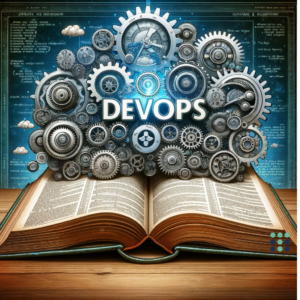These key areas provide a comprehensive framework for managing modern IT capabilities within an organization while excluding specific references to DevOps and Agile. They cover strategic planning, technology management, data governance, security, service delivery, vendor relationships, change management, innovation, and disaster recovery—all of which are crucial components of effective IT capability and align with enterprise architecture principles.
IT Strategy and Alignment
The organization defines the strategic role of IT in achieving business objectives, ensuring that IT initiatives align with the overall business strategy, and prioritizing investments based on their strategic value.
IT Investment and Portfolio Management
Budgets and resources are allocated to IT projects, with an emphasis on evaluating and selecting investments through cost, benefit, and risk analysis. The organization monitors and optimizes the return on investment (ROI) of IT projects.
Technology Stack and Architecture
The organization selects and maintains technology stacks, hardware, and software platforms that meet business needs and develops an enterprise architecture supporting scalability, security, and integration.
Data Management and Analytics
Data governance policies and practices are defined to ensure data quality, privacy, and security. Data analytics and business intelligence are used to inform decisions and gain insights.
Cybersecurity and Risk Management
A comprehensive cybersecurity strategy is developed, including security measures against threats and breaches. The organization conducts risk assessments and effectively manages IT-related risks.
IT Service Management (ITSM)
IT service management practices and frameworks like ITIL are implemented to provide and support IT services effectively. This includes establishing incident management, problem management, and change management processes.
Vendor and Partner Management
IT vendors, service providers, and technology partners are carefully selected and managed. Contracts, service level agreements (SLAs), and pricing terms are negotiated and monitored for compliance.
Change Management and Innovation
The organization manages cultural and organizational changes related to IT initiatives and fosters a culture of innovation to drive continuous improvement and adapt to emerging technologies.
IT Disaster Recovery and Business Continuity Planning
Plans and procedures are developed to ensure IT systems can recover from disruptions and disasters. Regular testing and maintenance of business continuity and disaster recovery capabilities are conducted.






